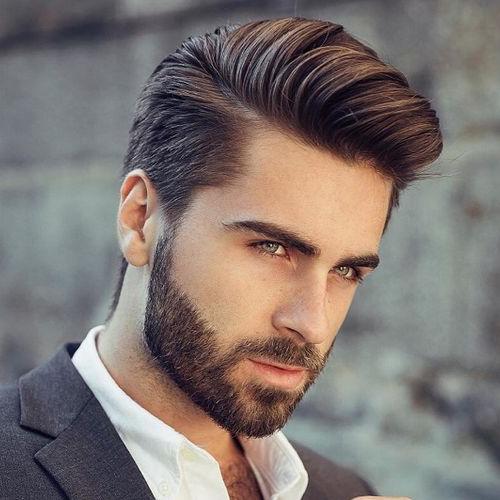Hairdressers as Artistic Curators Shaping Neighborhood Identity and Bonding in New York City
Hairdressers as Artistic Curators Shaping Neighborhood Identity and Bonding in New York City
Blog Article
Barbershops in NYC are not only places to get a haircut; they function as crucial cultural hubs that help shape community identity and nurture relationships among locals. These businesses have a long history in city settings, serving as meeting spots where individuals from varied backgrounds come together. In many neighborhoods, barbershops are often the initial venue where clients can engage in conversations about local issues, exchange stories, and forge relationships. This distinct role makes barbers not only skilled professionals but also cultural curators who add to the community fabric of their neighborhoods.
The atmosphere in a barbershop is often lively and welcoming, creating a setting where clients feel comfortable sharing themselves. Barbers are known for their skill to engage with clients, often engaging in discussions that span from athletics to politics. This engagement helps to create a sense of belonging among patrons, as they share their stories and viewpoints. In many cases, barbershops mirror the ethnic diversity of the areas they serve, showcasing different hairstyles, grooming techniques, and even sounds that connect with the local community. This cultural exchange enriches the experience for all involved and bolsters community ties.
Barbershops also have a key role in maintaining cultural heritage. Many barbers have been trained in specific techniques that are transmitted through ages, ensuring that unique looks and practices are not lost over time. For instance, certain styles and grooming practices may be tied to cultural background, allowing individuals to express their identity through their look. By maintaining these traditions, barbershops help to preserve cultural stories alive, providing a feeling of pride and continuity for local members.
In furthermore to their cultural importance, barbershops often participate in community outreach and assist local initiatives. Many barbers take an active role in tackling social issues, such as education and health awareness, by organizing events or offering resources to their patrons. This engagement shows a dedication to barbershop with virtual appointments the well-being of the neighborhood and encourages a feeling of duty among barbers. By using their influence to promote positive development, barbershops become essential players in the local area, further reinforcing their role as community curators.
In conclusion, barbershops in NYC serve as essential places for cultural interaction, community development, and identity creation. They provide a unique environment where individuals can connect, share, and celebrate their varied backgrounds. As community curators, barbers not only shape the way clients show themselves but also influence the broader social dynamics. By recognizing the importance of these businesses, we can appreciate the essential role they play in fostering connections and maintaining cultural heritage in urban settings.